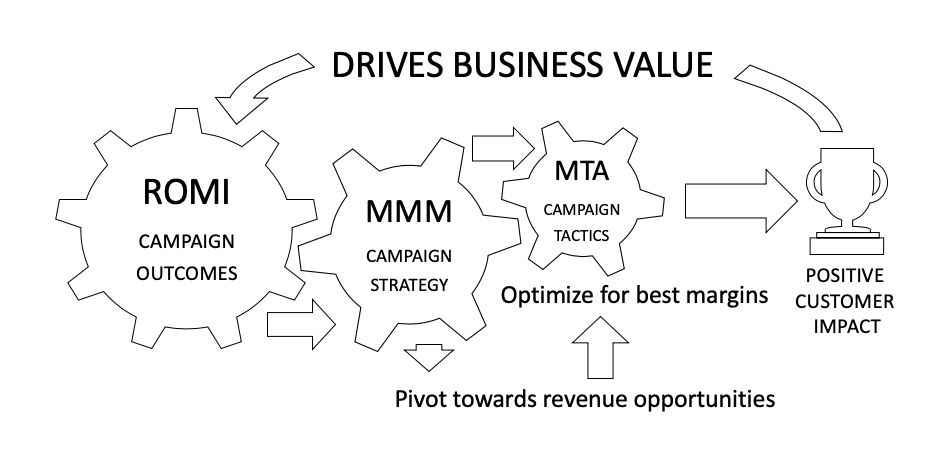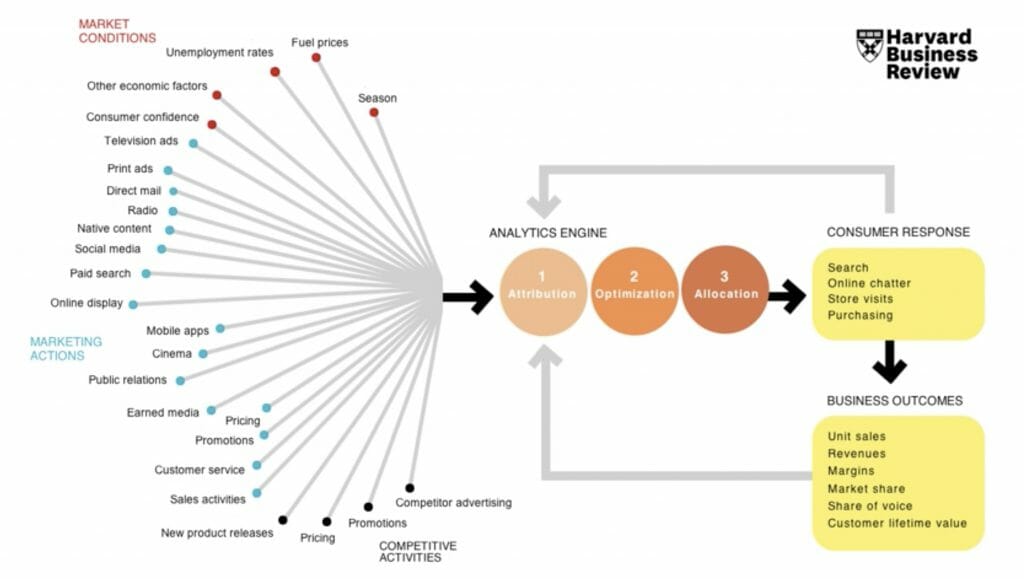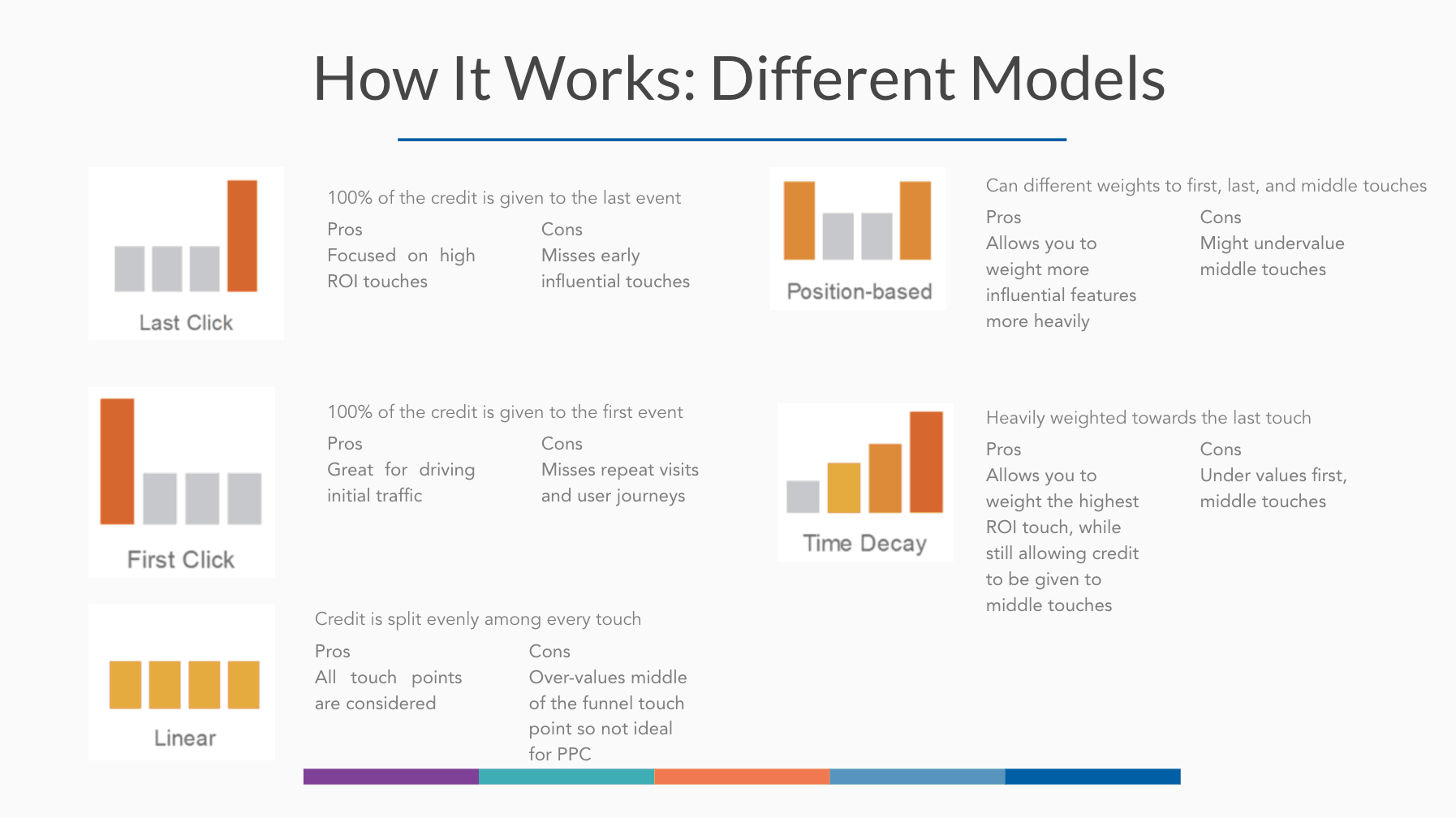Prompt me for an elevator pitch on Marketing and an osmosis of customer centric topics will most probably spring to my mind:
- Know your customer
- Personalize with intelligence
- Engage across the customer journey
- Grow and deepen relationships
Many marketers are gratified by solving customer problems. Delivering customer value in a way that also drives business value, however, tends to consume more mental energy. Marketing notoriously struggles to transparently demonstrate the effectiveness of its efforts on the firm’s financial outcomes.
This is nevertheless a critical skill for the modern marketer. Executives think of Marketing as a cost vs return activity first and foremost. Accounting even classifies Marketing as an expense on income statements. How to best spend in support of the company’s goals - how to clearly identify and report on revenue and profit opportunities - is the only organizational language that top management truly understands.
Marketing can use a combination of three approaches to sharpen their focus on business goals and inform their next best action as they pivot and optimize towards better financial outcomes:

When combined, ROMI, MMM and MTA are techniques that provide an integrated and business-oriented insight into marketing performance. They allow you to empirically set top down campaign, channel and media budgets and give each investment the best chance of an incremental pay off for a business. This article will describe how these solutions help maximize the efficiency and effectiveness of marketing portfolios.
With Marketing being an investment, one of the single most important equations in marketing has to be the Return On Marketing Investment a.k.a. ROMI.
ROMI = ( Incremental margin − Marketing investment ) / Marketing investment
The concept of incremental margin is the critical piece within our measurement. In a world where increases in revenues are affected by several external factors beyond seasonality, you want to calculate returns that were directly influenced by Marketing. Let’s spend a few seconds understanding incremental margins by considering this example:
| Treatment group | Control group |
|---|---|
| Mailed Sample 500,000 | Non Mailed Sample 25,000 |
| 3000 responders | 36 organic sales |
| 0.60% Treated rate | 0.12% Control rate |
The incremental response is 2400 = (0.6% - 0.12%) * 500,000.
Marketing should take credit for 80% for the 3000 influenced responders (2400/3000).
ROMI allows you to compare efficiencies between different marketing investments. It guides you on marketing budget allocation to best maximise incremental margins - by separating the effect of marketing on revenues that would have been organically achieved.
ROMI-led companies use past performance results from time-series techniques like marketing / media-mix modelling - MMM - as part of their strategic planning. MMM compares the market level incremental impact of online and offline marketing initiatives on revenues. Marketers can use this to estimate the optimal marketing mix amongst campaign, media and channel alternatives and allocate budgets proportionally according to what is most likely to pay off. Although this can be done on a monthly, quarterly or annual basis, the recommendation is to opt for shorter feedback loops whenever possible. HBR’s visual below illustrates the MMM circuit.

The MMM optimized budgets can be empirically altered through Multi-Touch Attribution. MTA drills deeper to track audience-level online performance in-flight. It is a solution that quantifies the relative contribution of individual customer touchpoints towards a goal. MTA allows marketers to make smarter tactical optimization decisions in near real-time, such as which call to action to use, which keywords to bid on and which creative, placement or publisher to champion. Direct Consulting does a good job at explaining attribution modelling.
